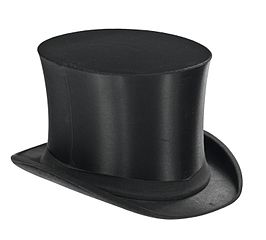Two mathematicians were having dinner. One was complaining: ‘The average person is a mathematical idiot. People cannot do arithmetic correctly, cannot balance a checkbook, cannot calculate a tip, cannot do percents, …’ The other mathematician disagreed: ‘You’re exaggerating. People know all the math they need to know.’
Later in the dinner the complainer went to the men’s room. The other mathematician beckoned the waitress to his table and said, ‘The next time you come past our table, I am going to stop you and ask you a question. No matter what I say, I want you to answer by saying “x squared.”‘ She agreed. When the other mathematician returned, his companion said, ‘I’m tired of your complaining. I’m going to stop the next person who passes our table and ask him or her an elementary calculus question, and I bet the person can solve it.’ Soon the waitress came by and he asked: ‘Excuse me, Miss, but can you tell me what the integral of 2x with respect to x is?’ The waitress replied: ‘x squared.’ The mathematician said, ‘See!’ His friend said, ‘Oh … I guess you were right.’ And the waitress said, ‘Plus a constant.’
— Michael Stueben, Twenty Years Before the Blackboard, 1998








